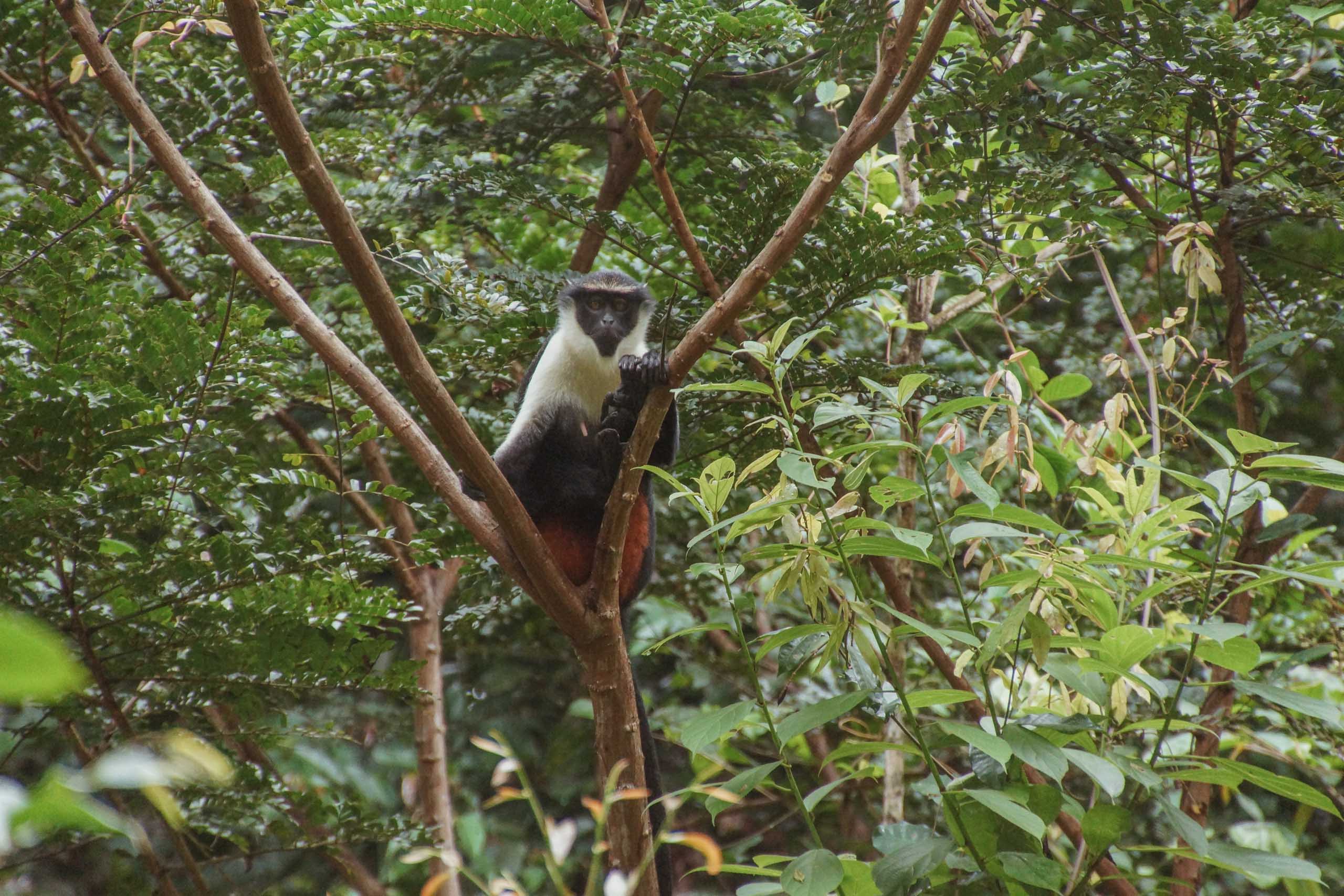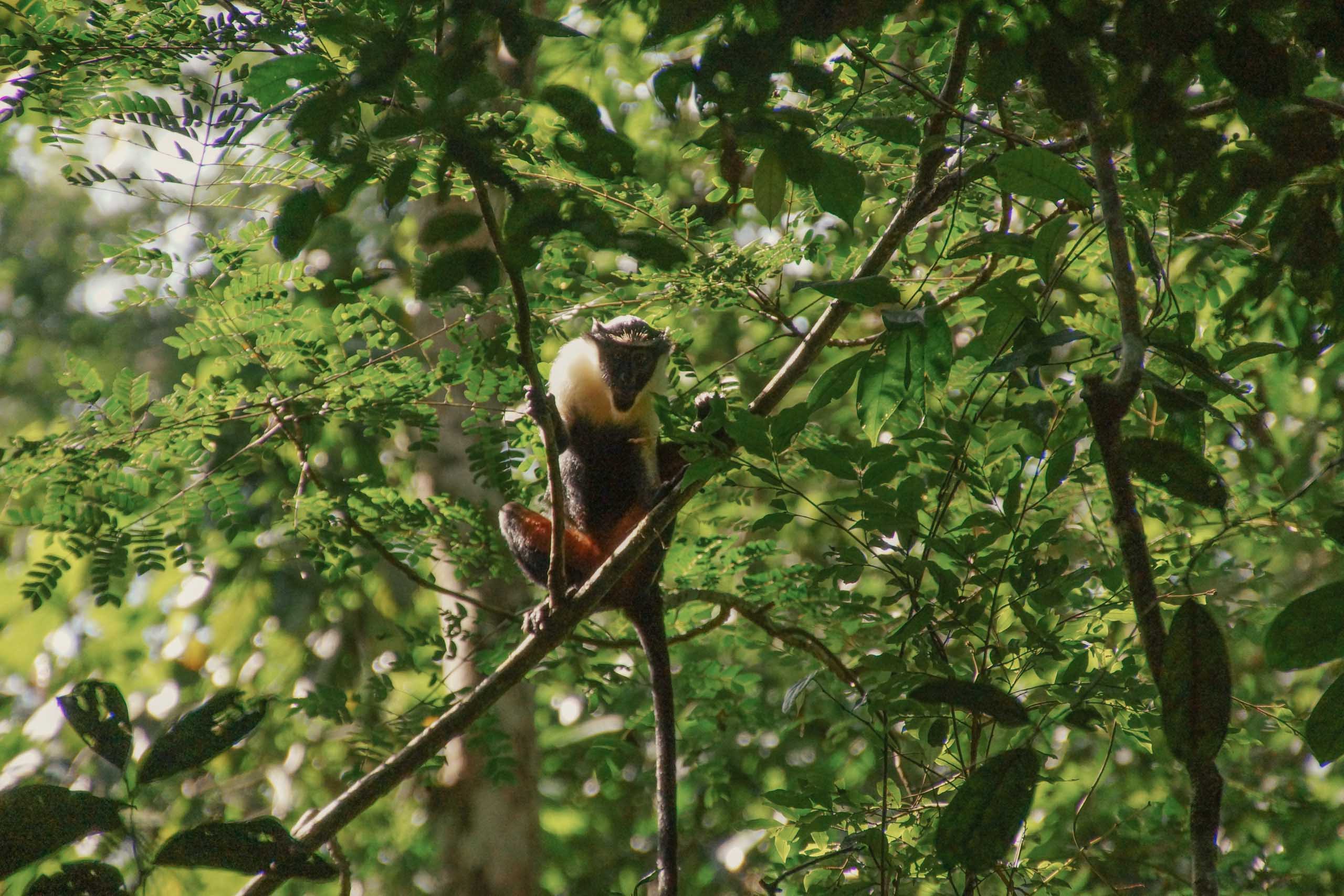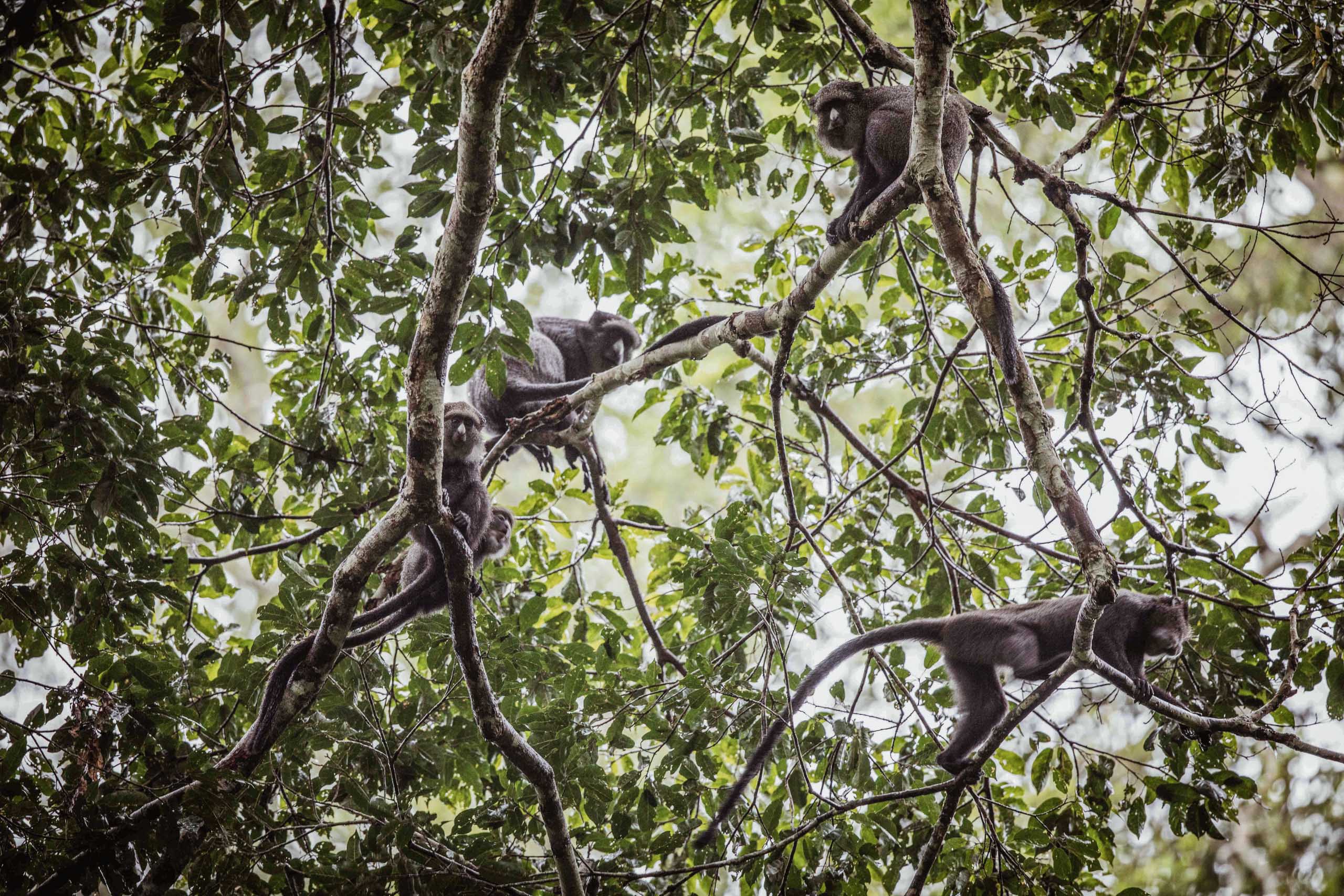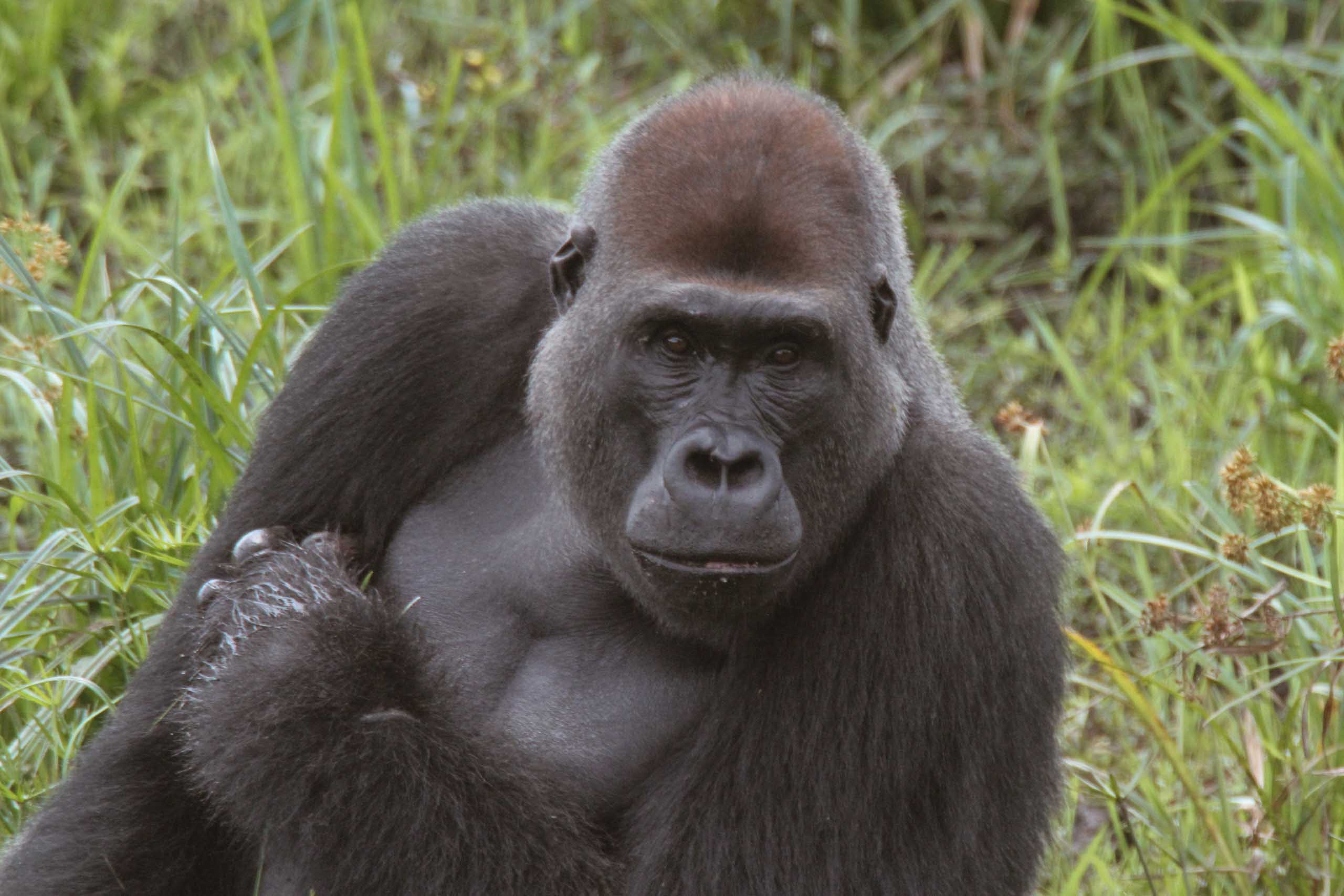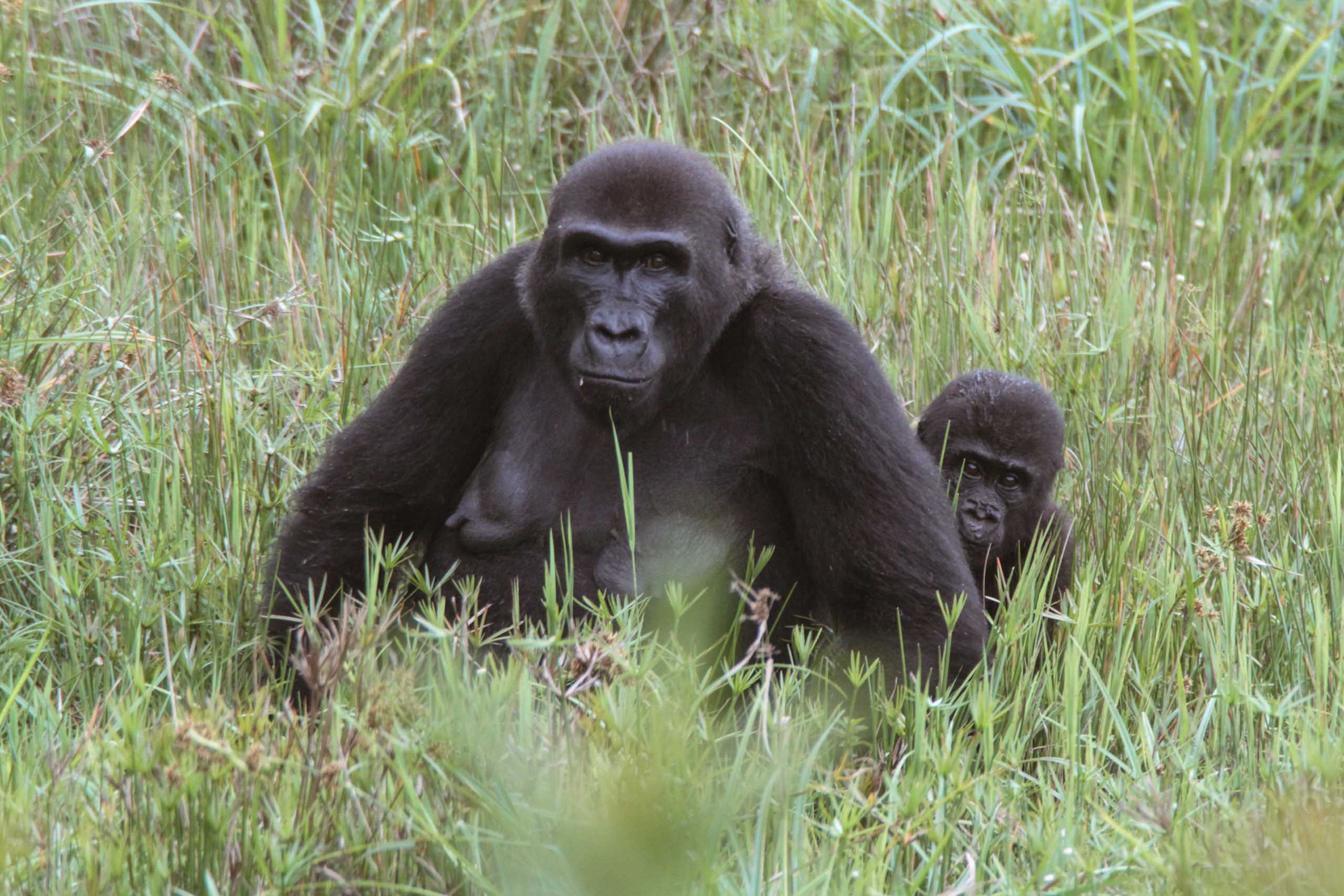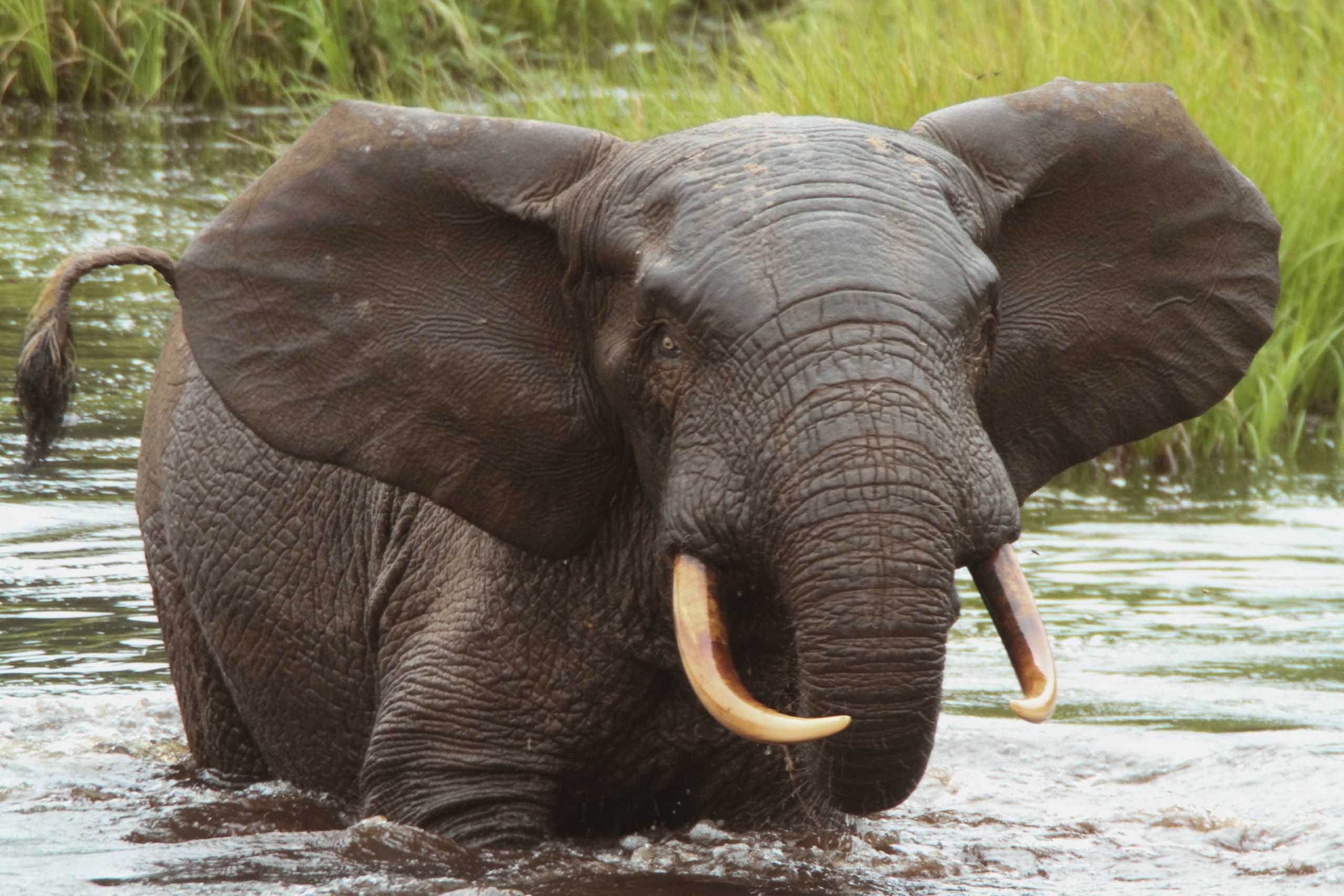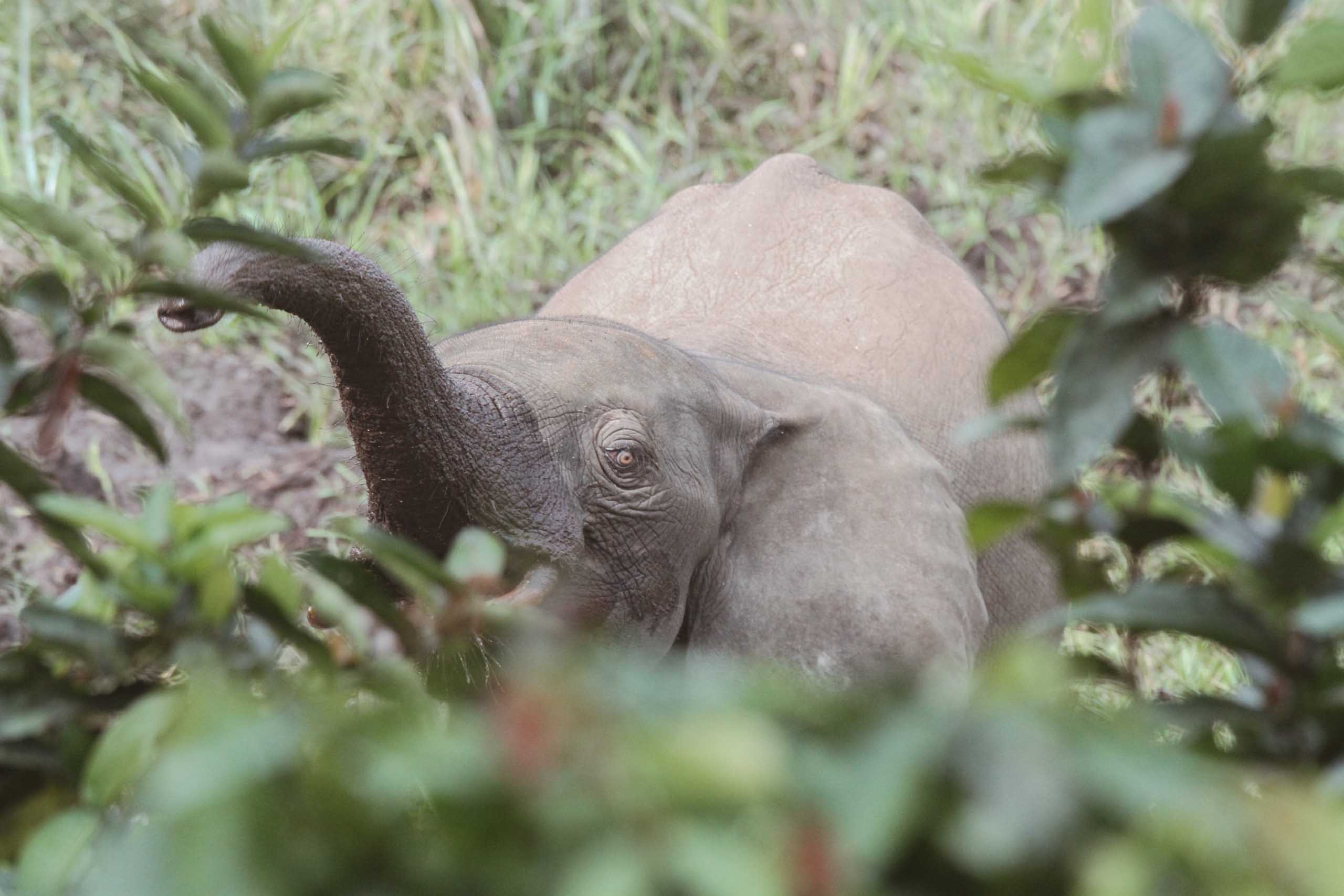Study species
An overview of researched species
This is just a small selection of different species. For additional informations, please get in touch with me.
-
Forest guenons
Forest guenons inhabit mostly rain forest habitats in sub-Saharan Africa and usually live in harem groups with one reproductive male, several adult females and offspring. Both males and females utter different, conspicuous alarm calls to various external events including two of their main predators, crowned eagles and leopards.
Diana monkeys (Cercopithecus diana, C. diana group)
The endangered Diana monkey is endemic to primary or old secondary forest in Sierra Leone, Liberia and Cote d’Ivoire. The species is threatened by habitat destruction and hunting for bushmeat. Due to high levels of vigilance and vicious anti-predation behaviour in face of crowned eagles and leopards, the species often serves a sentinel function in multi-species monkey associations. The colourful guenon mostly occupies high canopy, but can occasionally be observed on the ground. Individuals may reach 20 years of age. I observed highly agonistic group encounters in which also females physically participated, using their unusually pronounces canines to defend their territory.
Greater putty-nosed monkeys (Cercopithecus nictitans, C. mitis group)
Less colourful than the Diana monkey but easy to recognize by its prominent white nose, the putty nosed monkey is less vocal than Diana monkeys. Males also utter different alarm calls depending on ongoing events while females only have a general chirp alarm call that is emitted to all kinds of potential threats. These monkeys often reminded me of cats, graciously striding in the upper canopy. Nearly threatened and often heavily hunted for bushmeat, putty-nosed monkeys often associate with other species and males often collaboratively mob predators away together with associated species’ males.
Campbell’s monkeys (Cercopithecus campbelli, C. mona group)
Campbell’s monkey are more cryptic than diana and putty-nosed monkeys but similar as to the other two, males utter loud and conspicuous alarm calls when facing some predators. I always encountered groups that were smaller than the usual Diana group with one adult male, 2 to 4 adult females and their offspring. Female contact calls are far more difficult to hear and finding a group even when you know its territory can take you some time. Campbell’s are more opportunistic than Dianas, which allows them to live in more disturbed habitats and palm plantations. Unfortunately, that also makes them more vulnerable to be caught by humans, ultimately ending up as pet animals. -
Western-lowland gorillas (Gorilla gorilla gorilla)
Although frequently seen in Zoos, the western-lowland gorilla is the least studied of all gorilla subspecies. Their social system is surprisingly flexible ranging from solitary males over bachelor groups to the usual harem-structured group. Females habitually perform secondary transfers and adult Silverbacks are known to adopt younger individuals even if they enter a group without a female. When walking to the forest and accidentally bumping into one of them, male anxiety roars make your bones vibrate. I was continuously surprised how timid and anxious individuals of all age and sex classes are, despite their impressive appearance and strength. However, when Silverbacks defend their group, stay together and do not leave him the ground – usually males are bluffing but eventually it will become serious if he feels his family is being threatened. Due to habitat fragmentation, poaching and pet trade, the species is critically endangered (IUCN).
-
Forest elephants (Loxodonta cyclotis)
Smaller and more compact than savannah elephants, forest elephants roam around in tropical forest easier, often using established elephant trails. If you meet them on one of them, back away slowly not turning your back. Sometimes it seemed to me as if these giant forest engineers are just too lazy and comfortable to turn around their considerable weight in another direction. Usually they just wait until you got off the round. Poaching for Ivory and bushmeat as well as habitat fragmentation heavily threatens this species.
